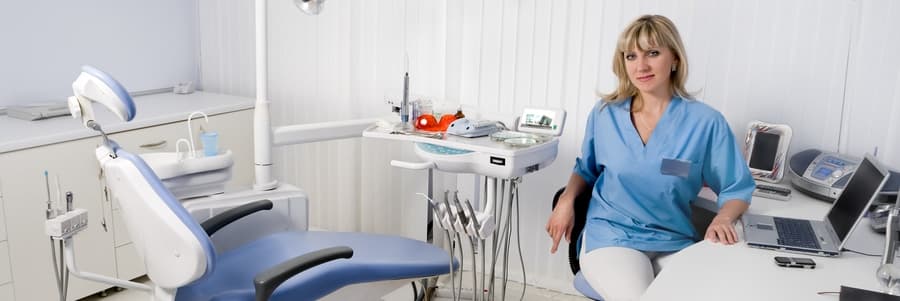Worry-Free Dentistry: Three Types of Dental Sedation
While going to the dentist is a necessity, most people would stop short of calling it an enjoyable experience. Even the most routine cleaning can result in some anxiety, both in the waiting room and on the dentist’s chair. If you find yourself wishing you could just tune out completely and rejoin the world once your dental work is done, you may be in luck. With dental sedation coming in different forms and degrees of intensity, there’s a solution that’s just right for you. Let’s take a look at the three types of sedation dentistry.
Nitrous Oxide
This is probably the option that most people think of when dental sedation comes to mind. With this method of inhaled minimal sedation, the patient breathes in a combination of nitrous oxide and oxygen commonly known as “laughing gas.” The gas creates a sensation of relaxation, with some patients even feeling euphoric (hence the “laughing”).
Nitrous oxide is a fast-acting solution for patients of any age that leaves you awake and responsive, and your dentist can easily control the amount you receive. After the procedure, the effect of the gas wears off quickly – you can even drive yourself home if you choose! For all these reasons, nitrous is a commonly used sedative for children who can’t stay still, as well as adults with anxiety or fear of needles.
Oral Sedation
Dental sedation can also be provided in varying degrees of strength through oral means. A sedative pill will be administered to the patient, usually an hour or so before the dental procedure. The pill is typically Halcion, a benzodiazepine sedative that is similar to Valium. Usually, the dosage you receive will be just enough to make you drowsy without fully putting you to sleep. However, dosage can be increased for more thorough sedation, and some patients can even fall asleep with a low dose. As with other benzodiazepines, side effects can include drowsiness, dizziness, and/or light-headedness.
IV Sedation
The strongest form of dental sedation is delivered through intravenous means. For a patient that needs moderate to severe sedation dentistry, IV sedation is administered. This is sometimes referred to as “sleep dentistry” or “twilight dentistry,” but these are misleading terms. For most procedures that require IV dental sedation, you will remain awake (albeit groggy) the whole time. This allows you to respond to your dentist’s questions, but you probably won’t remember this communication or any other part of the dental procedure. Due to the strong nature of the drugs used, you will be required to have someone take you home after IV dental sedation.
Hopefully this information has calmed some of your worries about your dental future. If you need further explanation, contact us today to discuss dental sedation or any of the other services we provide. At Lakeway Cosmetic Dentistry, we aim to make every procedure comfortable and effective, and we can’t wait to show you what your results can look like.

